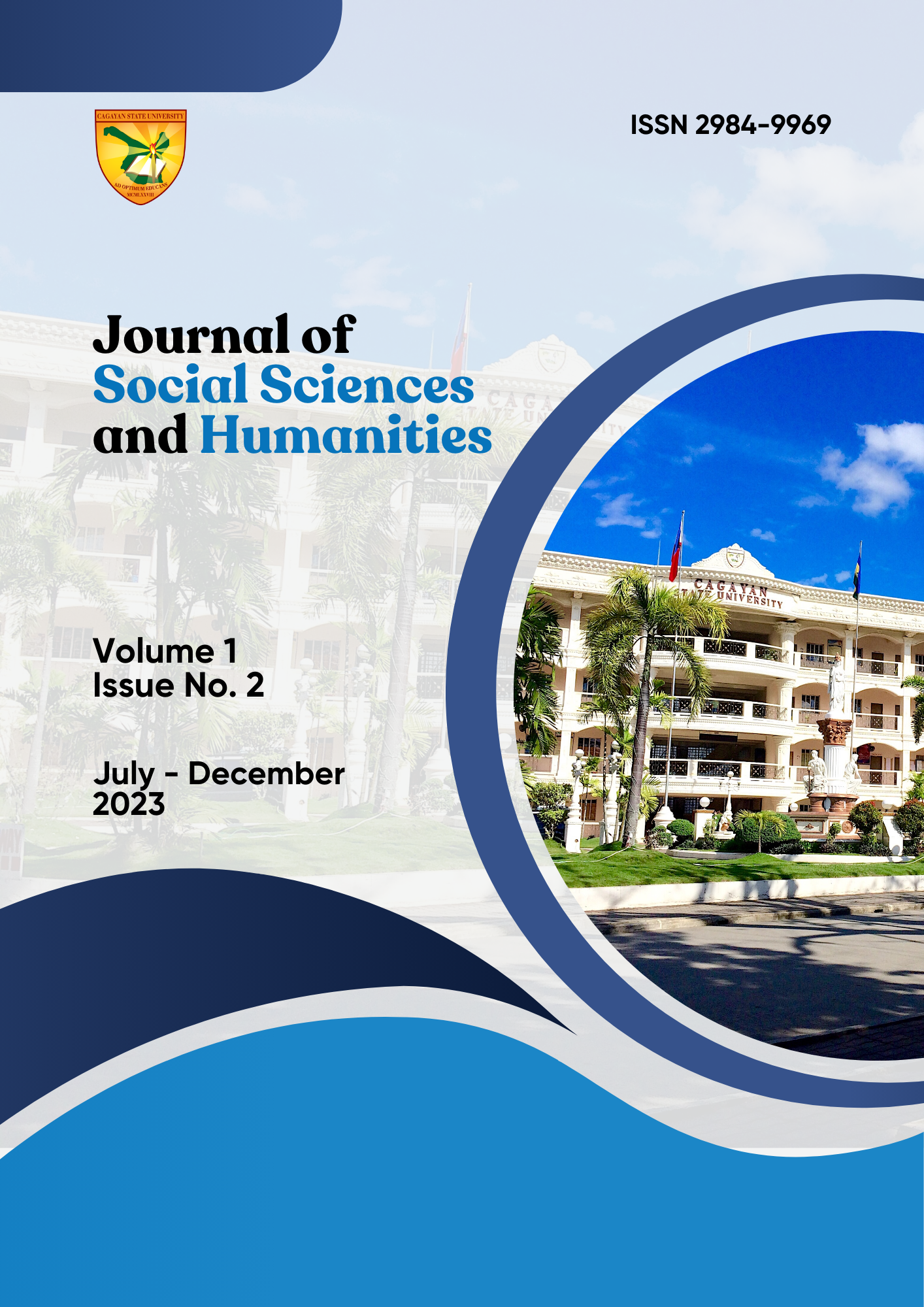Ethnopharmacological Assessment of the Medicinal Plants of Agtas in Peñablanca, Cagayan, Philippines
Keywords:
Agtas, ethnopharmacological assessment, medicinal plants, traditional medicine, phytochemical components, descriptive survey, ethnobotanical data.Abstract
This study highlights the Agtas’ utilization of ethnobotanicals as a treatment for different illnesses. Generally, the study aimed to conduct an ethnopharmacological assessment of the medicinal plants of Agtas in Peñablanca, Cagayan. A descriptive survey design was utilized; a semi-structured questionnaire was used for the survey with a total of 77 informants. The researchers provided phytochemical results of the medicinal plants from collated existing related literature. Of about 46 of 60 plant species mentioned by the informants, leaves were the most frequently used plant part (49.5%) and handpicking (63.1%) is the primary way of collecting the parts needed; the primary preparation method of medicinal plants used by the respondents was decoction (53.2%); on the basis of their primary uses, 17 of these plants were reported to relieve fever and wounds, and 12 for cough, and the more common route of administration of medicinal plants was internal (64.9%). Most of the medicinal plants were reactive to alkaloids, terpenoids and flavonoids. All the ailments were grouped into nine (9) disease categories, in which the urinary system disorders category had the highest Informant Consensus Factor value (0.97) that includes Persea americana (Avocado) for kidney stones and urinary
retention, and Blumea balsamifera (Sambong) for urinary tract infections. Parsonsia barbata Blume. (Sagid or Sadak) had the maximum Use Value (0.333); and Origanum vulgare (Oregano) had the highest Rank Order Priority (86) among the 14 medicinal plants that attained values above 50 (30.4%). To conclude, the study revealed that various medicinal plant species are still utilized to treat different ailments by the Agtas of Peñablanca, Cagayan that most of these were uncommon. A primary recommendation by the researchers is to perform firsthand comprehensive laboratory phytochemical analysis on the plants collected from the different locales.

